Using the Interest on a Second Mortgage as a Tax Write-Off
We all know owning a second rental property is a great way to invest and build your wealth portfolio. Unfortunately, a lot of homeowners sitting on plenty of equity are afraid to use that money for a downpayment to purchase a rental or investment property. The idea of a second or third mortgage tends to spook people away. While there are always financial risks in any investment, there’s a little-known incentive that might make you take the leap from homeowner to real estate mogul.
You can expense the interest on a mortgage as long as the INTENT for the funds are used on an investment property.
Thus, when you’re refinancing or taking equity, you can pull money from your existing owner-occupied home and use the funds on a rental property. Now the interest on the money you pulled out (and only that money, not any existing money) can be written off or expensed against your rental income.
You could expense your rental income down to a negative which in turn lowers your overall taxable income. Putting even more money back into your pocket. It might only lead to a savings of a few hundred dollars a month, but not many people know it’s an option and is an extra incentive to consider.
You’ll definitely want to talk to your accountant and your mortgage broker to get more details.
There are also a few things to consider if you’re going down this route for an investment property.
You must claim your rental income on your tax return. It’s tax evasion if you don’t.
Mortgage rates are also typically cheaper for owner-occupied homes compared to rental or investment homes. Don’t be tempted to tell your broker or lender the house use will be owner occupied when it will actually be a rental because you want the lower rate. That is mortgage fraud. You could get charged and or the lender could call the balance.
While taking on a second or third mortgage might seem a little daunting at, there are some options available to save you money and your mortgage broker can help. Contact any of our Canadian Mortgage Experts if you would like to talk about all your options!
This article was originally shared as part of the Dominion Lending Centres monthly newsletter, but we liked it, so we shared it here.




